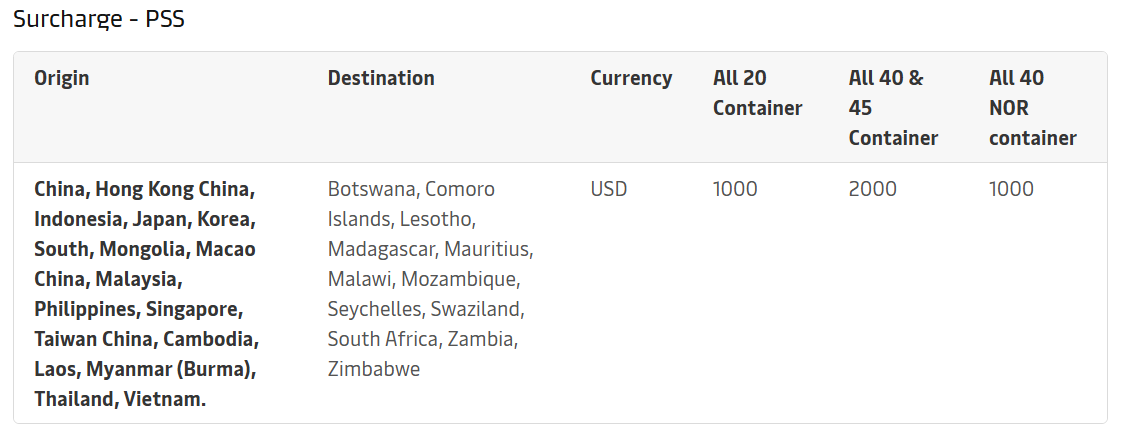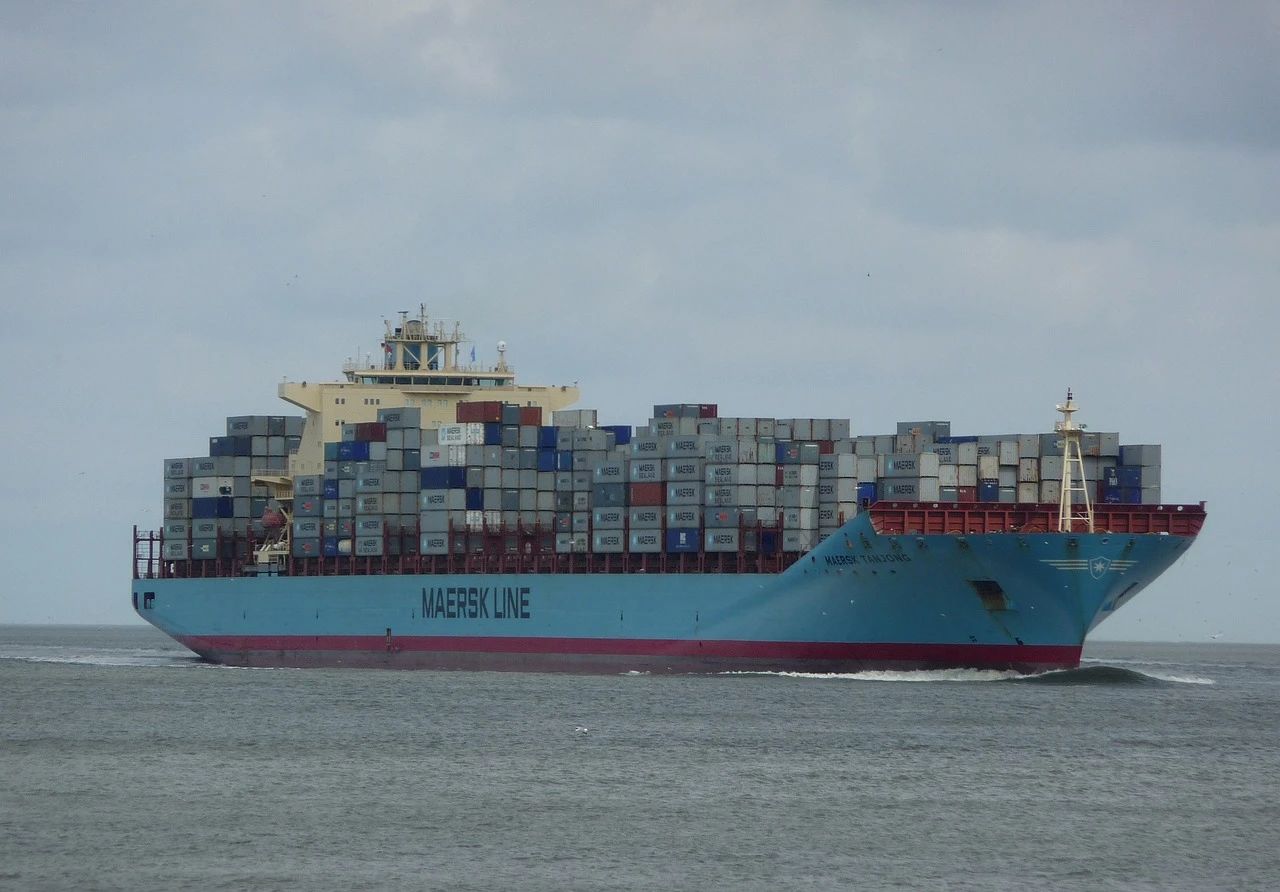The shipping company sent three price increase notices in succession!
In recent times, shipping prices on multiple routes have continued to soar, and the "hard to find" situation has reappeared.
According to data from the Shanghai Shipping Exchange, the latest Shanghai Container Freight Index (SCFI) rose 214.97 points to 2520.76 points,
an increase of 9.32%,achieving six consecutive increases and setting a new high since mid-September 2022 (in the past 20 months) ), the highest since.

Among them, the freight rates of the European and Mediterranean routes increased by 6.31% and 1.07% respectively, while the increases of the US West and US East
routes were even more significant, by 14.39% and 8.34% respectively. South America, South Africa and West Africa routes saw the most dramatic increases,
with freight rates rising by 22.4%, 22.25% and 26.65% respectively
In view of the current strong demand and serious imbalance between supply and demand, the "price increase" is likely to continue for some time.
On May 20, Maersk issued three freight announcements, announcing that starting from May 29, a peak season surcharge (PSS) will be implemented from East China Port to Sihanoukville, Cambodia. The new charging standard is US$200 per container, applicable to All dry cargo containers, refrigerated containers and 45-foot containers.

From June 1, 2024, it will increase to Brunei, China, Hong Kong, Vietnam, Indonesia, Japan, Cambodia, South Korea, South, Laos/Myanmar, Malaysia, Philippines,
Singapore, Thailand, Timor-Leste, to the United Arab Emirates, For PSS in Bahrain, Iraq, Jordan, Kuwait, Oman, and Qatar, 20-foot dry cargo and refrigerated containers
are US$1,000, and 40-foot dry cargo and refrigerated containers are US$1,250. (Taiwan, China will take effect from June 15)
Industry insiders believe that this round of freight rate increases is mainly affected by many factors. First of all, the Red Sea crisis is still an important factor.
Due to the increase in sailing distance and cost due to detours, shipping companies have taken measures to suspend sailings in response to insufficient transportation
capacity, further increasing freight rates. In addition, container shortages, port congestion, and increased transportation demand caused by the recovery of
global demand have also had an impact on freight rates

Industry insiders believe that this round of freight rate increases is mainly affected by many factors. First of all, the Red Sea crisis is still an important factor. Due to the increase in sailing distance and cost due to detours, shipping companies have taken measures to suspend sailings in response to insufficient transportation capacity, further increasing freight rates. In addition, container shortages, port congestion, and increased transportation demand caused by the recovery of global demand have also had an impact on freight rates.

The Red Sea crisis, which is the main factor driving up freight rates, has been escalating recently and has affected major ports in Asia, causing delays for several days at some ports. We would like to remind all freight forwarders and cargo owners to pay attention to the dynamic node information of the cargo in a timely manner, including sailing time, departure time, etc., in order to formulate the next transportation plan and avoid unnecessary losses due to delays!
Copyright:zhengzhou bridge biochem co.,ltd All rights reserved.Privacy Policy
Corn gluten feed, corn gluten meal,soybean protein powder factory ,offering calcium phosphate ,pet food etc.